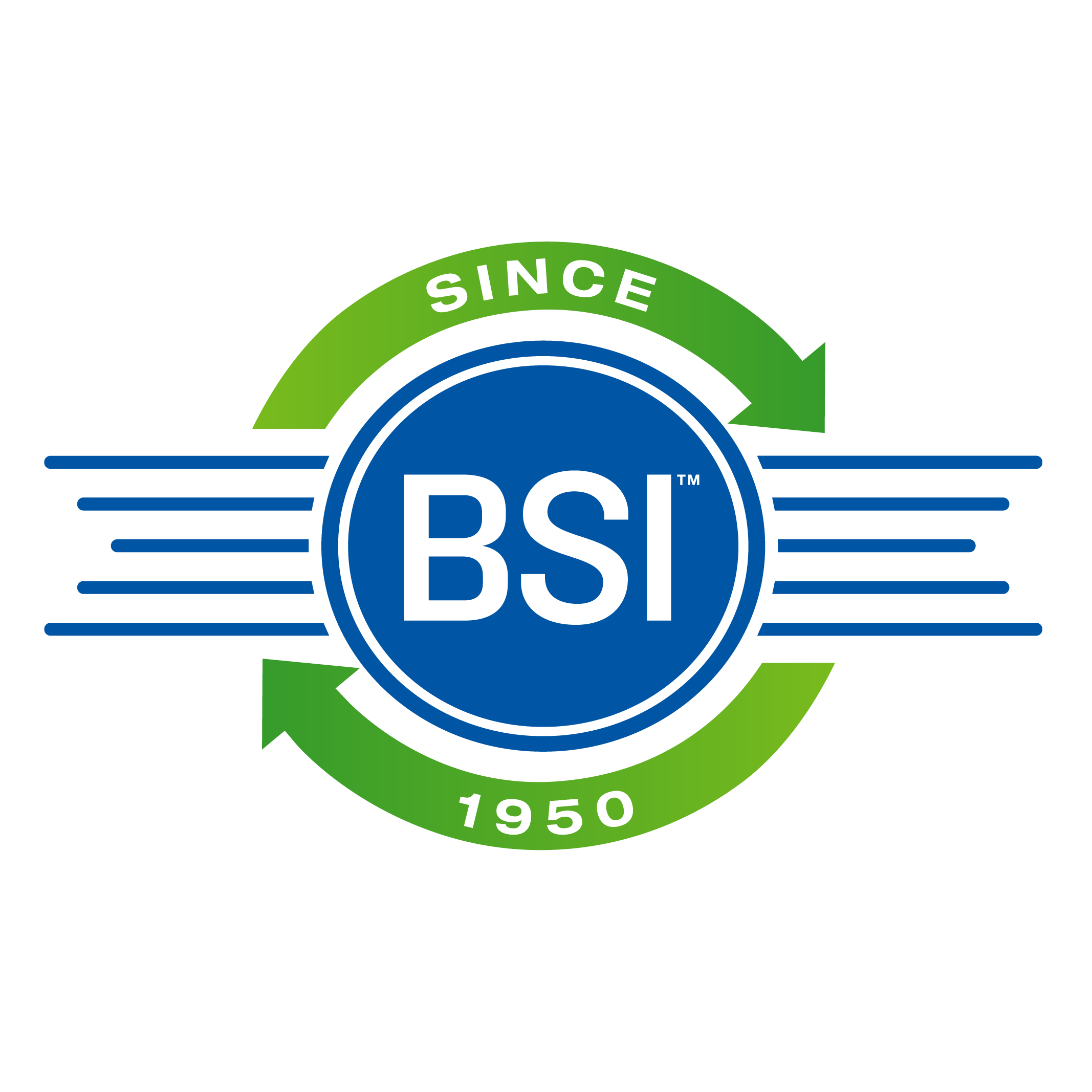Commercial Kitchen Safety Rules: Protect Your Team
- Larsen Stephens
- Mar 20
- 4 min read
In 2020 93,800 nonfatal injuries happened from illness or injuries in full-service restaurants. Commercial kitchens are very active environments where precision, speed, and most of all safety go hand in hand. You’ve got sharp tools, open flames, hot surfaces, and heavy equipment, and maintaining safety in a commercial kitchen is non-negotiable. It's beyond just protecting staff. You must follow safety protocols also ensure compliance with health and safety regulations, minimize downtime, and support sustainable practices. It's all part of the restaurant industry

Why Commercial Kitchen Safety Is Crucial?
You’ll probably hear the word “ crucial” a lot in this article because it is crucial to the safety of the employees. Commercial kitchens often involve larger teams, heavy-duty equipment, and very complex workflows. Without proper safety measures, these factors can lead to accidents, slips, falls, injuries, or even catastrophic fires. Adopting clear safety protocols reduces risks, boosts productivity, and ensures compliance with local
safety and environmental regulations.
General Safety Guidelines for Commercial Kitchens
1. Implement Staff Training Programs
Some people may think training isn’t that important, but if you aren’t task training something bad will happen. It matter because having the proper training will equip your staff with the knowledge of how to handle equipment and emergencies safely.
How to apply it:
Conduct regular safety drills and training on handling fires, spills, and accidents.
Ensure all staff understand equipment manuals and emergency protocols. And have it available if they need to refer back to it.
Provide training on safe lifting techniques to prevent back injuries.
I would provide an equipment checklist and task-train every single person on the crew.
2. Keep Workspaces Clean and Organized
If you’ve ever watched Hell’s Kitchen or Master Chef, cleanliness is a very important part of the kitchen. Here’s what you need to do.
Clean and sanitize workstations regularly to minimize contamination and slippery surfaces.
Assign clear storage areas for knives, tools, and raw ingredients to avoid clutter.
Implement a “clean as you go” policy to maintain order during busy shifts.
3. Enforce Dress Code Standards
Staff should wear appropriate non-slip shoes and flame-resistant clothing.
Its required to have hair nets or hats to prevent hair from contaminating food.
Ensure aprons or gloves are removed before handling non-food items to avoid cross-contamination.
Fire Safety in Commercial Kitchens
4. Monitor Cooking Areas at All Times
Never leave cooking equipment unattended, especially deep fryers or open flames. You must have assigned team members to monitor high-risk areas during peak hours. “An estimated 5,900 restaurant building fires are reported to U.S. fire departments each year and cause an estimated average of 75 injuries and $172 million in property loss. Cooking is the leading cause of all restaurant building fires at 59 percent”.
5. Keep Fire Extinguishers Accessible
Place Class K extinguishers near fryers for grease fires and Class ABC extinguishers for electrical fires. If you don’t know what the classes are in fire extinguishers it probably important to go through some fire extinguisher safety. Train staff on proper extinguisher use, emphasizing the PASS method (Pull, Aim, Squeeze, Sweep).
6. Handle Grease Safely
Avoid letting grease build up in hoods, vents, or on surfaces as it will clog up your pipes and cause some costly repairs. Regularly clean the grease traps and encourage staff to dispose of used oil responsibly. Partner with services that do cooking oil recycling for safe and sustainable cooking oil recycling, turning waste into biofuel.

Equipment and Tool Safety
7. Safety Always Comes First
In a commercial kitchen, the proper use and maintenance of equipment and tools are non-negotiable. Staff should be thoroughly trained on how to operate key appliances like ovens, slicers, mixers, and other machinery safely. Adhering to manufacturer guidelines and safety protocols reduces risks and ensures efficiency. Safety features on equipment must never be bypassed, and only trained professionals should handle repairs to prevent injuries or further damage.
Food Safety and Hygiene Practices
8. Best Food Safety Practices
Use color-coded cutting boards and utensils for different food types (e.g., raw meat, vegetables). Implement strict handwashing protocols, requiring staff to wash hands after handling raw ingredients or using the restroom. Use digital thermometers to ensure food is cooked to safe internal temperatures. Keep cold storage areas at appropriate temperatures (below 40°F for refrigerators, below 0°F for freezers). Use the FIFO (First In, First Out) method to manage perishable items and minimize waste. Clearly label ingredients with preparation and expiration dates.
Slips, Trips, and Falls
9. Keep Floors Dry
Address spills immediately and place wet floor signs where necessary.
Use anti-fatigue mats and non-slip floor treatments in high-traffic areas.
10. Organize Cables and Equipment
Keep electrical cords and hoses out of walkways to avoid tripping hazards.
Secure heavy equipment to prevent tipping or accidental movement.
11. Use Proper Ladders and Step Stools
Provide sturdy, non-slip ladders for reaching high shelves.
Never allow staff to climb on counters, chairs, or unstable surfaces.
Emergency Preparedness
12. Develop an Emergency Response Plan
Outline clear procedures for fires, gas leaks, and medical emergencies.
Post evacuation routes and emergency contact numbers in visible areas. Provide First Aid Kits Keep fully stocked first aid kits accessible and train staff on basic first aid techniques. Include burn ointments, bandages, and antiseptics for common kitchen injuries.
A Culture of Safety
Commercial Kitchen Safety isn’t just about rules; it’s about creating a culture where safety is a shared responsibility. Encourage staff to report hazards, suggest improvements, and prioritize safety during every shift.



Comentários